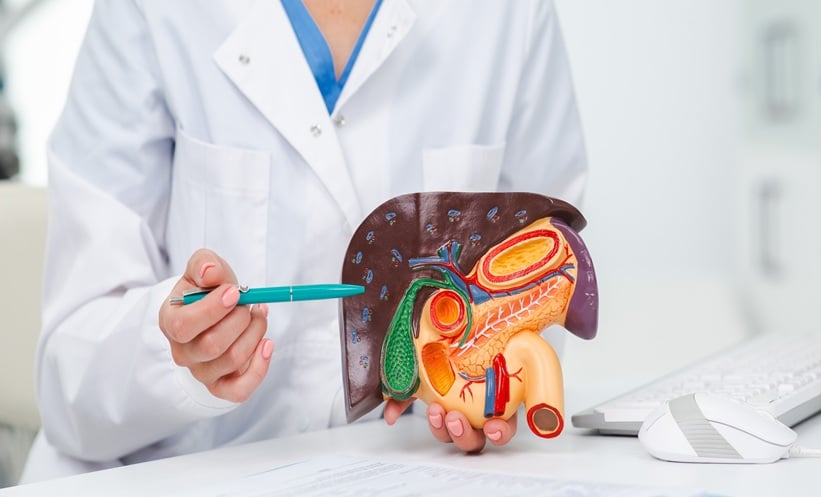CHRONIC liver disease (CLD) persists as a major health burden, leading to high morbidity and mortality due to alcohol consumption, viral hepatitis, and metabolic dysfunction-associated steatotic liver disease (MASLD), according to a recent study in Thailand. CLD represents a major global public health challenge and carries a significant impact on healthcare systems; however, its burden was previously unexplored in Thailand.
Researchers conducted a nationwide, population-based cross-sectional time-series study to examine trends in aetiologies, hospitalisations, and in-hospital mortality linked to CLD, including hepatocellular carcinoma and cirrhosis, from 2017–2022. The team analysed inpatient claims data from the National Health Security Office (NHSO) of Thailand, specifically CLD-related hospitalisations following ICD-10 codes. Data showed 119,464 hospitalisations for CLD between 2017–2022 (77% male; median age: 45–66 years). The leading cause was alcohol-associated liver disease (30.8%), followed by chronic hepatitis B (11.3%), hepatitis C (10.3%), and MASLD (9.6%), with 37.5% of cases having an unidentified aetiology.
Furthermore, the leading cause of hospitalisations was cirrhosis (incidence of 1,200–1,600 cases per month), alcohol-associated cirrhosis had the highest prevalence, and MASLD-related cirrhosis had the highest mortality. Researchers also noted a decrease in age-standardised mortality rates for hepatitis B- and C-related cirrhosis over the study period.
The team concluded that CLD remains a major health burden in Thailand, highlighting the need for strong prevention strategies, early diagnosis, and equitable access to effective therapies to reduce morbidity, mortality, and healthcare costs.
Reference
Saehan R et al. A nationwide population-based cross-sectional time series study of hospitalized chronic liver disease burden in Thailand from 2017 to 2022. Sci Rep. 2025;15(1):30715.








